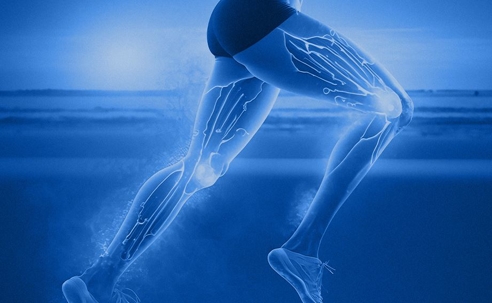Why Physical Therapy is a Runner’s Best Ally
Marathons are equal parts legend, science, and personal triumph. The number “26.2” has a magnetic pull for runners across the globe. It’s not just a race — it’s a test of endurance, discipline, and mental resilience. But the road to that finish line isn’t just paved with training runs and hydration plans. It’s paved with smart choices that protect your body from injury. That’s where physical therapy comes in.
The Allure of the Marathon
For some, it’s a bucket-list dream. For others, it’s a yearly ritual. The marathon traces back to the legend of Pheidippides, who is said to have run from Marathon to Athens to deliver a battle victory message — and then collapsed. While the modern event is a little friendlier, the underlying truth remains: running 26.2 miles is a massive physiological challenge.
In the U.S. alone, over 1.1 million people finish marathons each year. And yet, for every smiling finisher’s photo, there’s a story of injury, burnout, or having to withdraw from the race. The Toll of Training Marathon training typically spans 16–20 weeks, with runners covering hundreds of miles. Each step applies a force of 2–3 times your body weight to your joints. That’s millions of pounds of cumulative load on your knees, hips, ankles, and spine. The result? Overuse injuries — stress fractures, tendonitis, and joint irritation — are rampant among runners. Research suggests that up to 70% of runners will experience some form of injury every year, and marathon trainees are especially at risk. Some common training mistakes are:
- Jumping into high mileage too quickly
- Ignoring strength training
- Neglecting mobility and flexibility work
- Running through pain instead of addressing it early
- Skipping recovery days
Why Physical Therapy Should Start on Day One
Physical therapy isn’t just for after an injury. It’s about prevention and optimization, such as:
- Baseline assessments — measuring range of motion, muscle balance, and joint stability.
- Gait analysis — identifying inefficiencies that increase injury risk.
- Training load guidance — adjusting your plan to match your current capacity.
- Personalized corrective exercises — fixing small imbalances before they become big problems.
Case in point: Sarah, a first-time marathoner, had mild hip weakness identified during her PT evaluation. Her therapist prescribed hip-stability drills. Not only did she avoid injury, but she also improved her running economy, helping her finish 10 minutes faster than her goal.
Just like you wouldn’t start building a house without checking the foundation, you shouldn’t start a marathon cycle without a PT check-in.
Give us a call at Lifestyle Physical Therapy today to schedule a consultation!

